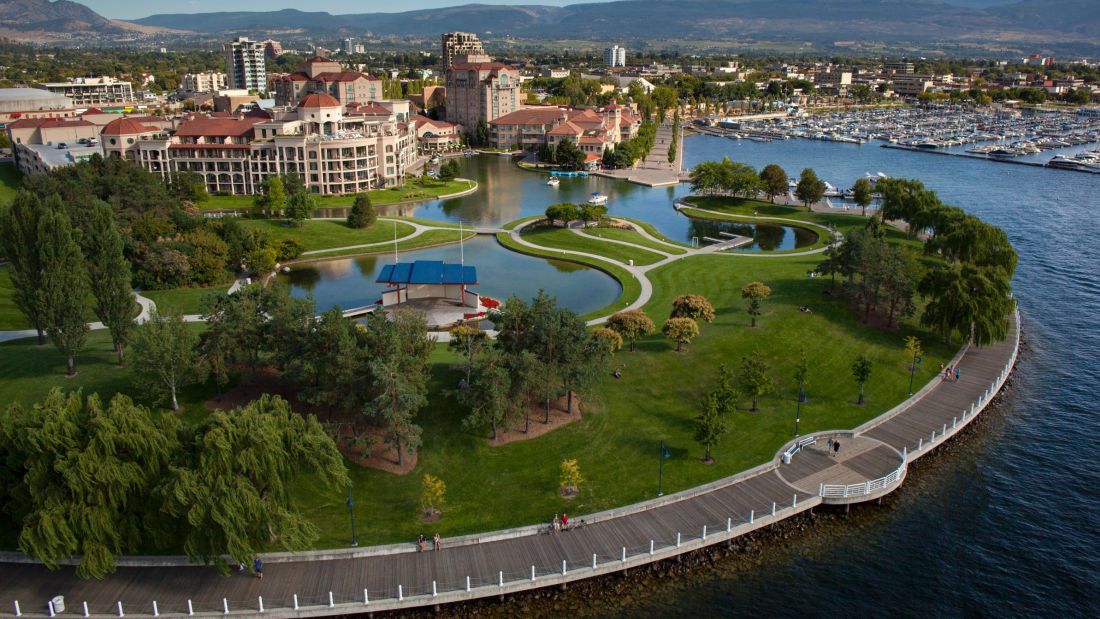In Canada's wine country, Okanagan Valley flows with quirky charm
Tim Johnson, for CNN • Updated 3rd January 2018, http://www.cnn.com/travel/arti...e-country/index.html
(CNN) — A sort of modernized log cabin with a sweeping view over a dramatic valley, the Hatch looks more like a wilderness camp than a winery.
Its logo is jarring, and weird, and kind of funny: a man with a birds-nest for a head, an egg hovering, UFO-like, just above -- like an idea, poised to hatch, or to be swallowed down the hatch.
The whole place feels like an irreverent response to the pretension that viniculture often inspires. Inside, I encounter more of the unexpected, including a few hobos.
"These are wines that don't get the recognition they deserve," Jesse Harnden, the official "arch deacon" at the Hatch explains with a crooked smile.
Fittingly, the labels for the varietals selected for their "hobo series," from Cab Franc to Muscat to Semillon, are specially-designed by a local artist named Paul Morstad, depicting ironically-drawn, shabbily-dressed gents who would look perfectly at home in a Depression-era bread line.
The whimsy continues all around me -- labels with triceratops and flying pigs and a very strange-looking creature, playing a banjo.
"Every one of our wines has a story," says the arch deacon.
I'm in the Okanagan Valley near the city of Kelowna, which sits at the center of one of Canada's fastest-growing wine regions.
A scheduled stop Tuesday on the Duke and Duchess of Cambridge's late-September royal visit to British Columbia, Kelowna, a city of 117,000, and the surrounding area is less known than Sonoma or Napa or even Niagara, but this valley has changed dramatically in the last three decades.



 Tourism Kelowna/Mission Hill Family Estate/James O'Mara
Tourism Kelowna/Mission Hill Family Estate/James O'Mara Quails' Gate
Quails' Gate Tourism Kelowna/Shawn Talbot
Tourism Kelowna/Shawn Talbot